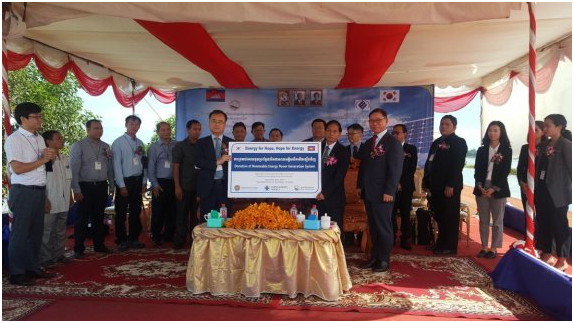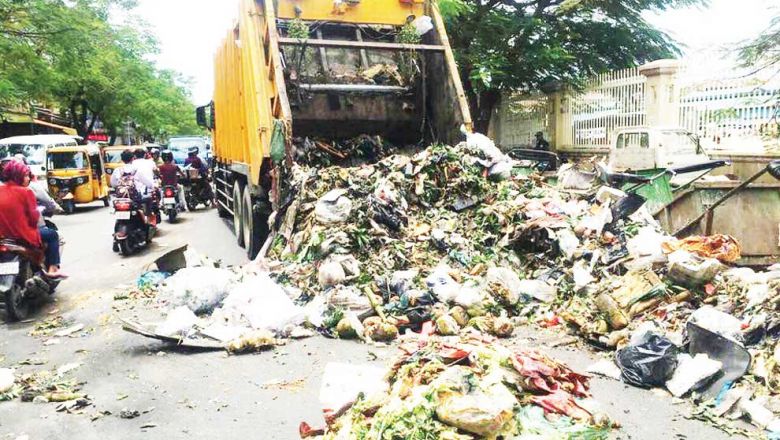SINGAPORE: From November, all 1.4 million electricity consumers in Singapore will have the option of choosing their preferred electricity price plans from as many as 12 providers.
With the nationwide roll-out of the Open Electricity Market, consumers will no longer have to buy electricity from SP Group at a regulated tariff that is reviewed quarterly. This option, however, remains available to consumers if they do not wish to switch, said the Energy Market Authority (EMA) on Friday (Sep 21) while announcing the roll-out.
The expansion of the open market initiative will be done in stages, beginning Nov 1 with households and business accounts that have postal codes that begin with 58 to 78. This includes districts in Choa Chu Kang, Yishun, Sembawang and Upper Bukit Timah.
This will be followed by the adjacent geographical zone that have postal codes starting with 53 to 57, 79 to 80, 82 to 83 next January; 34 to 52, and 81, from Mar 1; and lastly, the zone with postal codes starting with 01 to 33 in May.
This progressive launch over six months will help authorities and electricity retailers to focus their efforts on engaging and educating consumers, said the EMA.
Prior to each roll-out, the consumers – about 350,000 households and businesses in each zone – will receive a notification package and information booklet. Consumers can also compare the price plans by visiting http://compare.openelectricitymarket.sg.
EMA said a “good mix” of independent retailers and those with power-generation assets will be involved in the expanded Open Electricity Market. They are Best Electricity, Environmental Solutions, Geneco, ISwitch, Keppel Electric, Ohm Energy, PacificLight Energy, Sembcorp Power, Senoko Energy, SingNet, Tuas Power and Union Power.
SOFT LAUNCH IN JURONG “WELL RECEIVED”
Currently, only consumers in Jurong – comprising 108,000 households and 9,500 businesses – can choose their electricity price plan from more than 10 retailers under a pilot programme launched on Apr 1.
More than 30 per cent of Jurong consumers have since switched to a retailer, instead of remaining on the regulated tariff with SP Group – a result that EMA chief executive Ngiam Shih Chun described as “well-received” and “successful”, compared to the single-digit take-up rate in other parts of the world.
“Jurong residents benefitted from more choices and flexibility. Those who switched paid an electricity rate which was on average about 20 per cent lower than the regulated tariff,” said Mr Ngiam.
He stressed that the initiative is not compulsory and is aimed at providing consumers with more competitively-priced and innovative options.
Speaking to the media after the announcement, Trade and Industry Minister Chan Chun Sing said that the positive feedback gathered from the soft launch in Jurong has given the Government confidence that the rest of Singapore is ready for a fully-liberalised power market.
“We have done this carefully and progressively (and) we have collated our experiences to make sure that when we roll it out to the rest of the country, we will have the least problems possible,” he said.
From the Jurong pilot, stakeholders learnt that consumers feel overwhelmed at the number of retailers and the wide variety of plans offered.
As such, EMA will remove the peak and off-peak plans, and simplify standard plans offered by retailers to just fixed price plans and a discount-off-the-regulated-tariff plan. The former saw a low take-up rate of less than 1 per cent during the soft launch, according to EMA.
The statutory board also standardised the duration of the price plans to six months, one year and two years. Retailers had started offering trial plans as short as three months, which were not reasonable and could be confusing for consumers, said Mr Ngiam.
FOUR RETAILERS EXIT NATIONWIDE LAUNCH
The EMA has progressively opened up the electricity market to competition since 2001, starting with larger businesses with higher electricity consumption, and is now in the final phase to open up the local power market fully to competition.
While the freedom to pick customised price plans is similar to how one would pick a mobile telco, the Open Electricity Market differs in that the national power grid will remain operated by the SP Group to ensure supply reliability.
So even if a retailer exits the market, there will be no disruption to electricity supply as consumers will continue to receive electricity through the national power grid, EMA said.
Four retailers that participated in the Jurong pilot have opted out of the nationwide launch. EMA said these electricity providers – Diamond Electric, Red Dot Power, Sun Electric and Sunseap – will be required to inform their 500 consumers and to honour the contracts until the end.
When contacted, Red Dot Power said that it is currently upgrading its digital delivery platform, including integrating its electricity retail offering with residential solar and electricity consumption optimisation solutions.
“In view of this, Red Dot Power has decided to delay the participation in the Open Electricity Market till a later date,” it wrote in an emailed response to Channel NewsAsia. It will rejoin the Open Electricity Market “soon … with an enhanced digital platform”, it added.
Similarly, Singapore-based sustainable energy firm Sunseap said it continues to set its sights on the full launch while it upgrades its systems and suite of products.
Mr Laurence Kwan, its vice president of energy, told Channel NewsAsia that the company is undergoing a “system upgrade”, which includes streamlined billing and payment experiences, and stressed that the company is “in for the long haul”.
Both companies sought to assure their customers in Jurong that there will be no power disruptions and that they will continue to honour the contracts signed.











